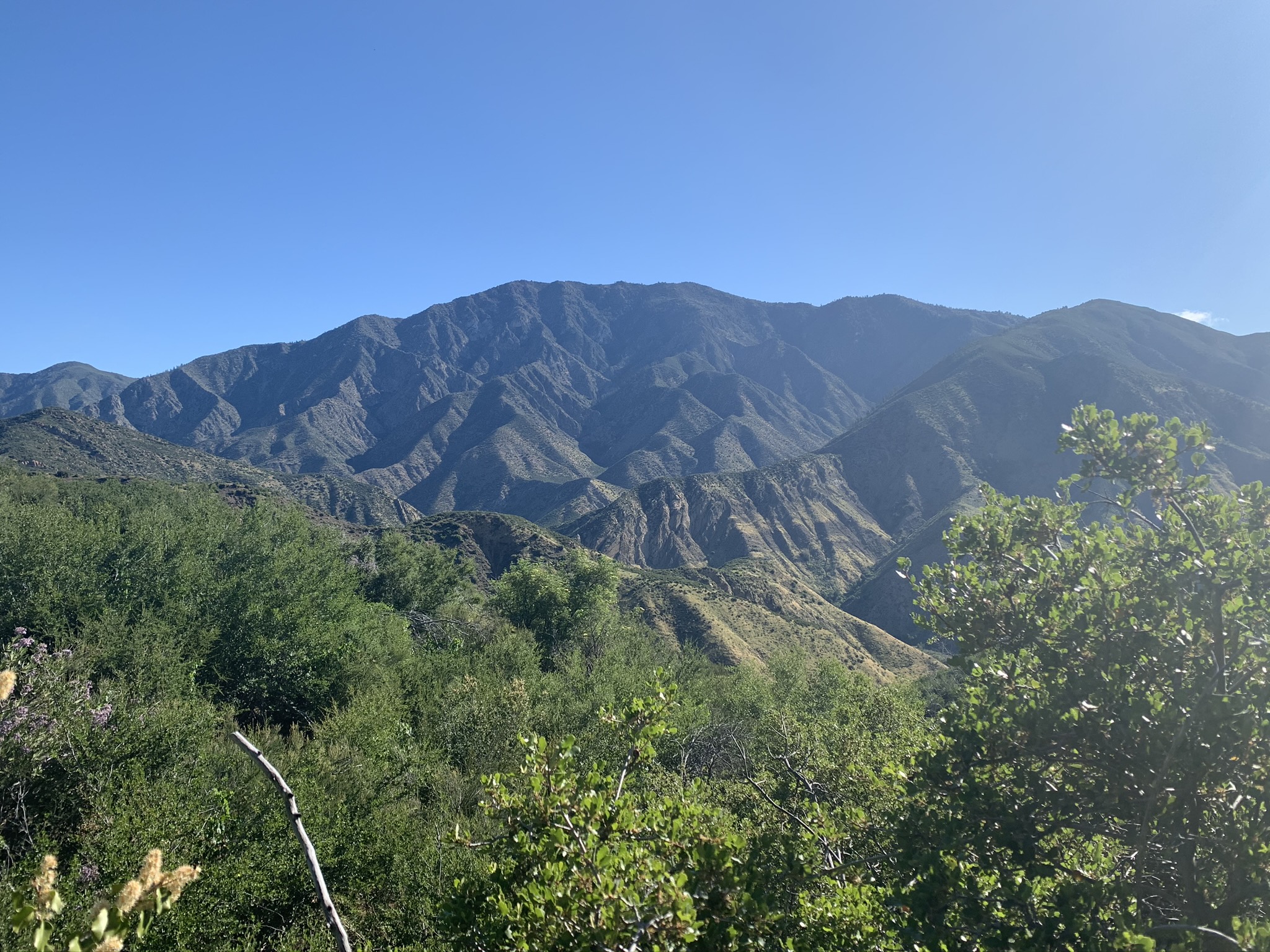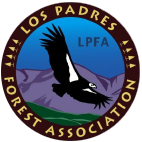Bucksnort Trail - Los Padres National Forest
Trail Distance 2.99 Miles
The Bucksnort Trail is a beautiful 2.99 mile trail in the Sespe Wilderness in Ventura County . The trail connects the Agua Blanca Trail (19W10) and the Alder Creek Trail (20W11). Please let us know if you have explored this trail recently.
Protecting the Sespe Condor Sanctuary
California condors are one of the most endangered species in the world. They were placed on the federal endangered species list in 1967. In the 1980's, due to a decreasing population, the U.S. Fish and Wildlife Service began a captive breeding program teaming with the Los Angeles Zoo and the San Diego Wild Animal Park. In 1987, a controversial decision was made to bring all remaining condors (22 individuals) into captivity and the last wild bird was captured in 1987. At that time, it was uncertain if the California condor would ever soar again in the wild. Through the efforts of many organizations and individuals, reintroduction of California condors began in 1992 and now has a population of over 230 animals living in the wild.
Today, the greatest threat to condors in the wild is human activity. Condors forage exclusively on dead animals; they are especially susceptible to lead exposure from carcasses left in the field and lead poisoning is often fatal. Also, interaction with humans increases exposure to food and microtrash. Condors feed microtrash (bottle caps, broken glass, litter, etc.) to their young which can lead to the death of the chick.
Sespe Condor Sanctuary
The Sespe Condor Sanctuary north of Fillmore, CA, was established in 1947 and expanded in 1951 to its current size of 53,000 acres. The Chief of the U.S. Forest Service intended the Sanctuary to be closed to all public entry except by permit however there are four one-quarter mile wide recreation travel corridors that can be used to hike through the Sanctuary – the Sespe Creek, Agua Blanca Creek, Alder Creek, and Bucksnort Trails.
The California condo was recognized as "endangered" in 1967 and received legal protection in 1972 when the U.S. Migratory Bird Treaty was amended to include vultures and certain other families of birds. With the passage of the Endangered Species Act of 1973, federal agencies were required to protect habitat and to prepare recovery plans that specified actions for its recovery.
The Sanctuary lies within the boundary of the Sespe Wilderness and is where the Forest Service provides critical habitat, wildlife refuge, and land management for the protection of the California condor. The Los Padres Condor Range and River Protection Act of 1992 established the Sespe Wilderness, which is also regarded as the "Home of the California Condor." These protections include the controlled public access to the Sanctuary to protect condor nesting, roosting, and foraging habitat. Survey data shows that California condors heavily use the Sanctuary to breed, nest, roost and forage.
As condors expand their use into their historic range, interactions with humans continue to be a concern. Refuges of high-quality habitat without human contact are necessary for the continued recovery of the species. Contaminants, primarily lead exposure from lead ammunition, continue to be a threat to the condor and the Sanctuary provides an area of protection from exposure.
The frequency of human trespassing in the Sanctuary, particular the Tar Creek area, exposes condors to human food and microtrash as well as direct human contact. This habituation increases the risk of injury to condors as documented by a condor that was strangled in a climbing rope in 2008. Adjacent to the Sanctuary and also closed to public entry is the Hopper Mountain National Wildlife Refuge. It is maintained as a refuge to protect the Sanctuary.
Trail Details
- Trail #: 19W18
- Wilderness Area: Sespe
- County: Ventura County
- Ranger District: Ojai Ranger District
- Trail-head Latitude: 34.55107
- Trail-head Longitude: -118.89926
- Water Sources: Auga Blanca Creek
- Trail Condition: Good - Trail is easy to follow and is in good shape
- Topo Maps:
Activities & Features: - Backpacking
- Day Hiking
- Horseback Riding
- Panoramic Views
- Wildlife Viewing
- Wilderness Camping
Trail Stats
- Total Elevation Gain: + 638 feet.
- Total Elevation Loss: - 1562 feet.
- Overall Average Slope Gain: + 7 %.
- Overall Average Slope Loss: - 13 %.
- Kilometers: (km)
- Meters: (m)
- Miles: (mi)
- Feet: (ft)
- Average Slope: (%)
Trail Camps

Photo By: Christopher P Lord - Website Link
Survey Photos:
Mark Subbotin - 02-25-2016
Mark Subbotin - 02-25-2016
Mark Subbotin - 02-25-2016
Mark Subbotin - 02-25-2016
Los Padres Forest Association - 02-04-2018
Christopher P. Lord - 06-22-2019
Christopher P. Lord - 06-22-2019
Christopher P. Lord - 06-22-2019
Christopher P. Lord - 06-22-2019
Christopher P. Lord - 06-22-2019
Fredrick W Heiser - 05-03-2020
Fredrick W Heiser - 05-03-2020
Fredrick W Heiser - 05-03-2020
Fredrick W Heiser - 05-03-2020
Fredrick W Heiser - 05-03-2020
Christopher P. Lord - 05-15-2020
Christopher P. Lord - 05-15-2020
Fredrick W Heiser - 11-17-2020



 Use Marker Groups
Use Marker Groups Bucksnort Trail Survey - 04-07-2025 - by Rick Hayes
Bucksnort Trail Survey - 04-07-2025 - by Rick Hayes